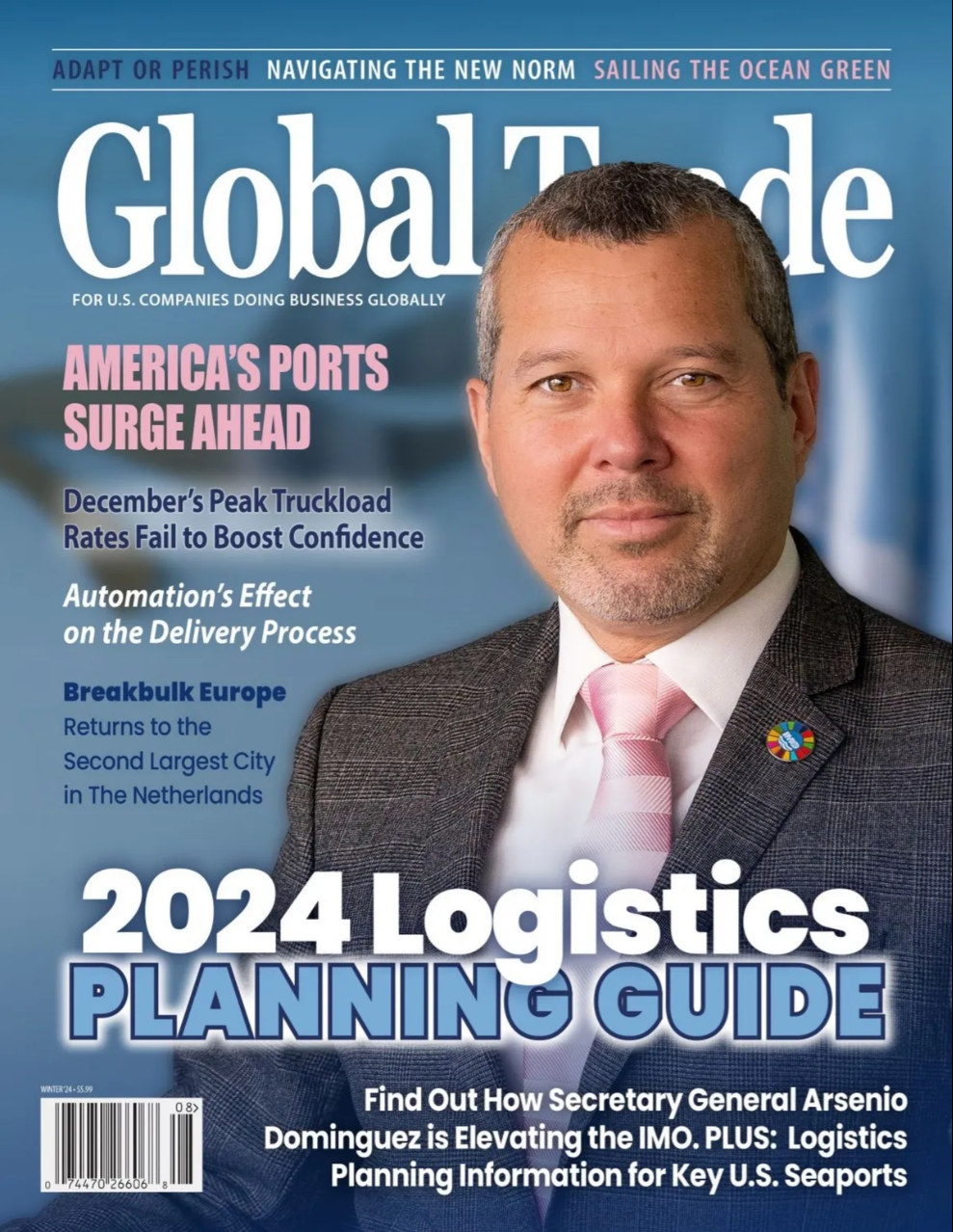Global commodity prices, which sharply declined last year contributing to a reduction in global inflation, have now stabilized, posing challenges for central banks aiming to lower interest rates swiftly. The World Bank’s latest Commodity Markets Outlook also warns that escalating conflict in the Middle East could disrupt this trend, potentially driving inflation upwards.
Between mid-2022 and mid-2023, commodity prices dropped nearly 40%, significantly impacting global inflation. However, since mid-2023, the World Bank’s commodity price index has remained relatively stagnant. Forecasting suggests a marginal decline of 3% in 2024 and 4% in 2025, insufficient to curb inflation still above central bank targets in many countries.
Indermit Gill, Chief Economist of the World Bank Group, highlights that falling commodity prices, a key factor in reducing inflation, have reached a plateau. This could lead to prolonged higher interest rates, especially if geopolitical tensions escalate, potentially triggering a major energy shock.
Geopolitical tensions have kept oil prices elevated despite sluggish global growth, with Brent crude reaching $91 per barrel, well above pre-pandemic averages. Further escalation in the Middle East conflict could disrupt oil supplies, raising global inflation significantly.
Ayhan Kose, Deputy Chief Economist of the World Bank Group, emphasizes the divergence between global growth and commodity prices, attributing it to heightened geopolitical tensions. Central banks are advised to monitor inflationary risks associated with commodity price spikes amidst geopolitical uncertainties.
The report predicts record-high gold prices in 2024 due to increased demand amid geopolitical and policy uncertainties. Additionally, a Middle East conflict could drive up prices of natural gas, fertilizers, and food, impacting global markets.
Investment in green technologies has also influenced metal prices essential for clean energy transition, with copper and aluminum prices expected to rise in the coming years.
Lastly, the report evaluates various approaches to commodity price forecasting, emphasizing the importance of incorporating diverse analytical methods for accurate predictions.



